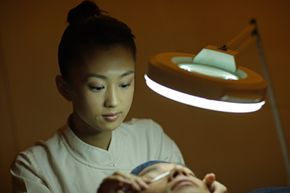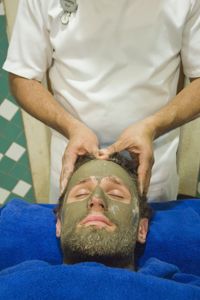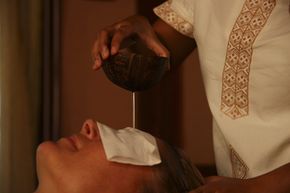Image is everything, or so the saying goes. And since your face is typically what people see first, it's important to keep your skin in good shape if you want to make a stellar first impression. Aside from these "superficial" reasons to care for your skin, it's also important from a medical standpoint. After all, your skin is an organ, just like your heart, lungs and liver, and it needs attention just like those more celebrated body parts. Your skin protects your body, helps maintain body temperature and is vital for your sense of touch.
Skin care has come a long way over the years. So much so that there are schools dedicated solely to training students in the science of skin care. Estheticians specialize in skin care, and an experienced licensed esthetician can make a good living working in salons, spas, massage therapy clinics and even medical settings. If you think that all you learn about is mud masks and popping pimples, you'll be surprised to find out how much training an esthetics candidate must complete to obtain a license.
Advertisement
According to the U.S. Bureau of Labor Statistics, there were more than 30,000 estheticians working in the United States in 2005, with projected industry growth through 2014. What's the reason behind the growth? A large aging population of baby boomers, the increasing importance of physical appearance and the nascent field of medical esthetics.
So, what goes into an esthetics education and how much does it cost? We'll look at that and other specifics on the following pages.
Advertisement




